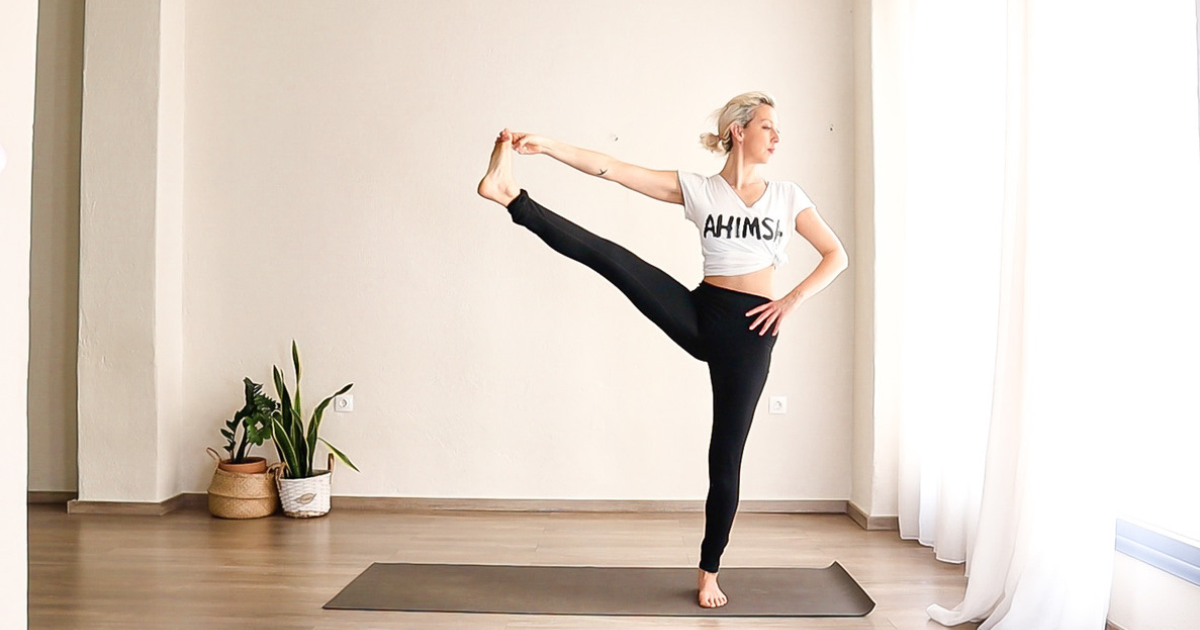Ashtanga Yoga For Beginners- A Detailed Guide
Ashtanga yoga, known for its dynamic sequences and disciplined approach, can seem intimidating to beginners. However, with the right guidance and mindset, it’s a deeply rewarding practice that builds strength, flexibility, and focus. This guide is designed to help beginners understand and start their Ashtanga journey, breaking down the practice into manageable steps.
What Is Ashtanga Yoga?
Ashtanga yoga is a traditional form of yoga developed by Sri K. Pattabhi Jois. It follows a set sequence of poses, practiced in the same order each time, combining breath (pranayama), movement (vinyasa), and focus (drishti). The primary goal is to create a moving meditation, balancing physical effort with mental clarity.
The Structure of Ashtanga Yoga
Ashtanga yoga is divided into six progressive series:
Primary Series (Yoga Chikitsa): Focuses on detoxifying and aligning the body.
Intermediate Series (Nadi Shodhana): Cleanses the nervous system.
Advanced Series (Sthira Bhaga): Builds strength and stability.
Beginners typically start with the Primary Series, mastering it before progressing to the next series.
Key Principles of Ashtanga Yoga
Vinyasa (Breath-Synchronized Movement): Each movement is linked to an inhale or exhale.
Ujjayi Breathing (Victorious Breath): A steady, audible breath that generates heat and focus.
Bandhas (Energy Locks): Engage the pelvic floor (Mula Bandha) and lower abdomen (Uddiyana Bandha) to control energy and stabilize the body.
Drishti (Gaze Point): Each pose has a focal point to enhance concentration and mindfulness.
Why Ashtanga Yoga Is Great for Beginners
Structured Practice: The fixed sequence helps beginners build confidence and track progress.
Physical Benefits: Improves strength, flexibility, and endurance.
Mental Clarity: Encourages focus and mindfulness through synchronized breath and movement.
Step-by-Step Guide to Starting Ashtanga Yoga
1. Familiarize Yourself with the Primary Series
The Primary Series, also called Yoga Chikitsa (Yoga Therapy), is designed to detoxify the body and build a solid foundation. The sequence includes:
Sun Salutations (Surya Namaskara A & B): Warm-up flows to generate heat.
Standing Postures: Build strength, stability, and alignment.
Seated Postures: Stretch and detoxify.
Backbends: Open the spine and heart.
Finishing Sequence: Inversions and relaxation.
2. Start with Sun Salutations
Begin your practice with 5 rounds of Surya Namaskara A and 3 rounds of Surya Namaskara B. These flows warm up the body and introduce breath-synchronized movement.
Tip: Focus on linking each movement to an inhale or exhale.
3. Add Standing Poses
Standing postures like Trikonasana (Triangle Pose) and Warrior Poses help build strength and balance. Hold each pose for 5 breaths, focusing on alignment and stability.
4. Progress to Seated Poses
Once comfortable with standing poses, introduce seated postures like Paschimottanasana (Seated Forward Fold) and Marichyasana (Seated Twist). Perform a vinyasa (flow) between poses to maintain heat and rhythm.
5. Practice the Finishing Sequence
The finishing sequence includes:
Shoulderstand (Sarvangasana): Improves circulation and calms the mind.
Headstand (Sirsasana): Builds focus and balance (optional for beginners).
Savasana (Corpse Pose): Rest and integrate the practice.
6. Start with Shorter Practices
As a beginner, you don’t need to complete the full Primary Series. Start with 20–30 minutes, focusing on Sun Salutations and a few standing or seated poses. Gradually increase the duration as your strength and familiarity grow.
Tips for Beginners
Find a Teacher or Mysore Class
Mysore-style classes allow you to practice at your own pace with guidance from an experienced teacher. This is ideal for learning Ashtanga yoga as a beginner.Focus on Breath and Alignment
Prioritize breath control and proper alignment over achieving advanced poses.Use Modifications and Props
Props like blocks or straps can help make poses more accessible. Don’t hesitate to modify poses to suit your flexibility and strength.Practice Consistently
Consistency is key in Ashtanga yoga. Aim for 2–3 sessions per week initially, gradually increasing frequency.Be Patient
Progress takes time. Celebrate small achievements and enjoy the journey.
Benefits of Ashtanga Yoga for Beginners
Improved Physical Health: Builds strength, flexibility, and endurance.
Mental Clarity: Encourages mindfulness and reduces stress.
Discipline and Focus: The structured sequence fosters routine and self-discipline.
Self-Awareness: Cultivates a deeper connection with your body and mind.
Common Challenges and How to Overcome Them
Feeling Overwhelmed by the Sequence:
Solution: Start small with Sun Salutations and a few poses, adding more as you progress.
Difficulty with Flexibility:
Solution: Use modifications and props. Flexibility improves over time with consistent practice.
Struggling with Breathing:
Solution: Focus on Ujjayi breath. Practice breath control separately if needed.
How Long Does It Take to Learn Ashtanga Yoga?
The time it takes to learn Ashtanga yoga depends on your consistency and goals. Here’s a general timeline:
3–6 Months: Gain familiarity with the Primary Series and improve strength and flexibility.
6–12 Months: Memorize the sequence and refine technique.
1–2 Years: Master the Primary Series and build readiness for the Intermediate Series.
Conclusion
Ashtanga yoga is a rewarding practice for beginners, offering a structured path to physical and mental well-being. By starting with the basics, focusing on breath and alignment, and practicing consistently, you can build a strong foundation for your Ashtanga journey. Remember, the goal isn’t perfection but progress—step onto your mat with an open mind and enjoy the transformative power of this ancient practice.
Ready to Begin or Deepen Your Ashtanga Journey?
If you want to experience the challenge and growth of Ashtanga Yoga, check out our Flow With Us membership! Gain access to:
✅ Guided Ashtanga practice videos for all levels
✅ Breathwork and meditation sessions
✅ A supportive community to keep you motivated
Join Flow With Us today! and take your practice to the next level.
